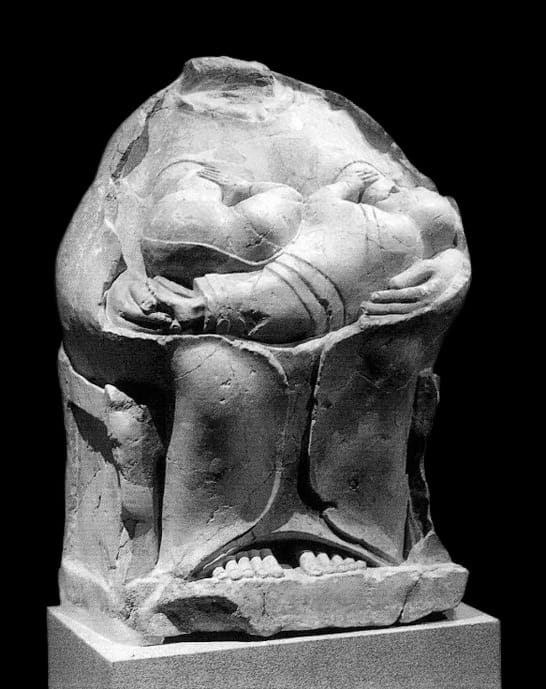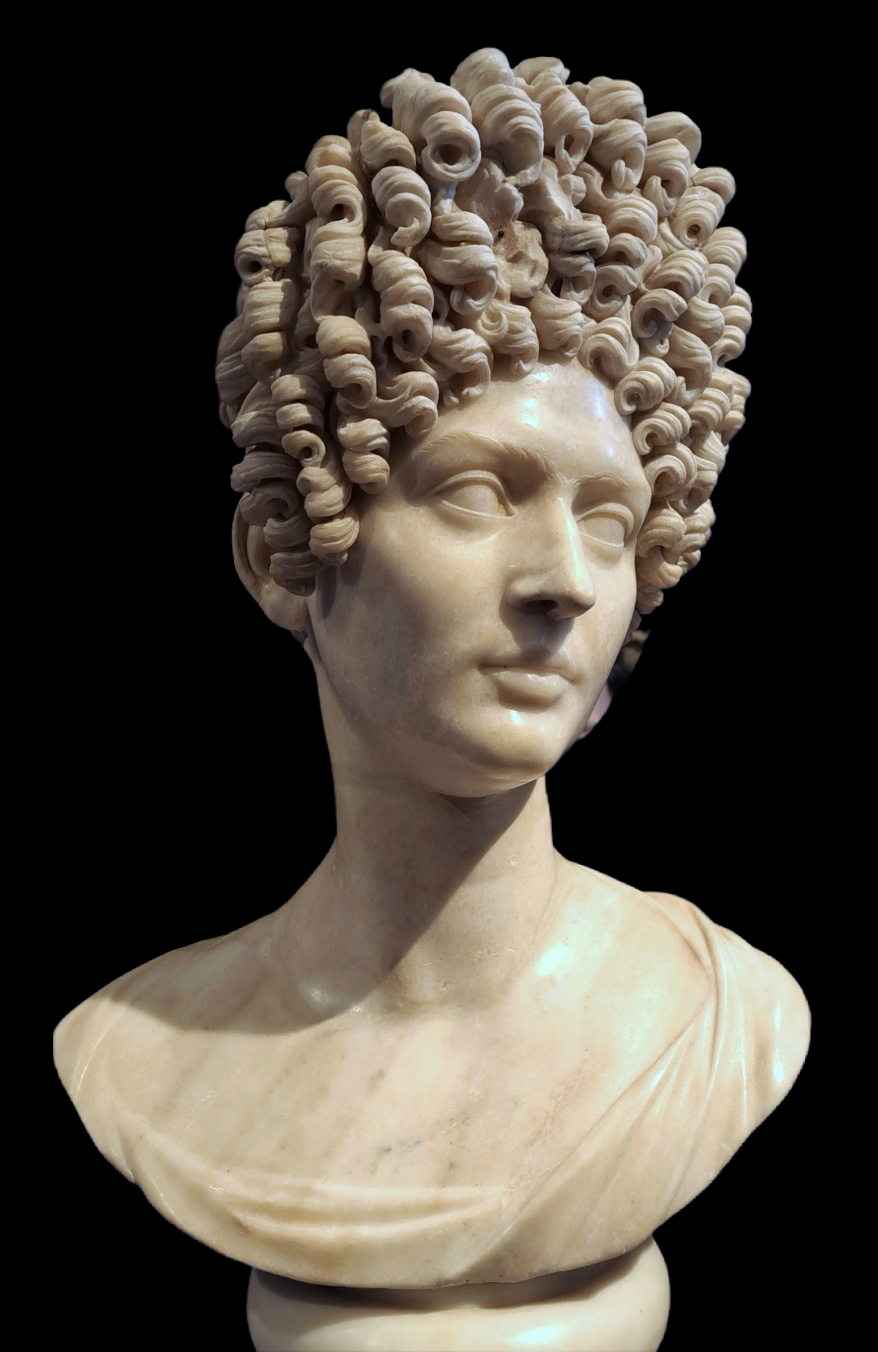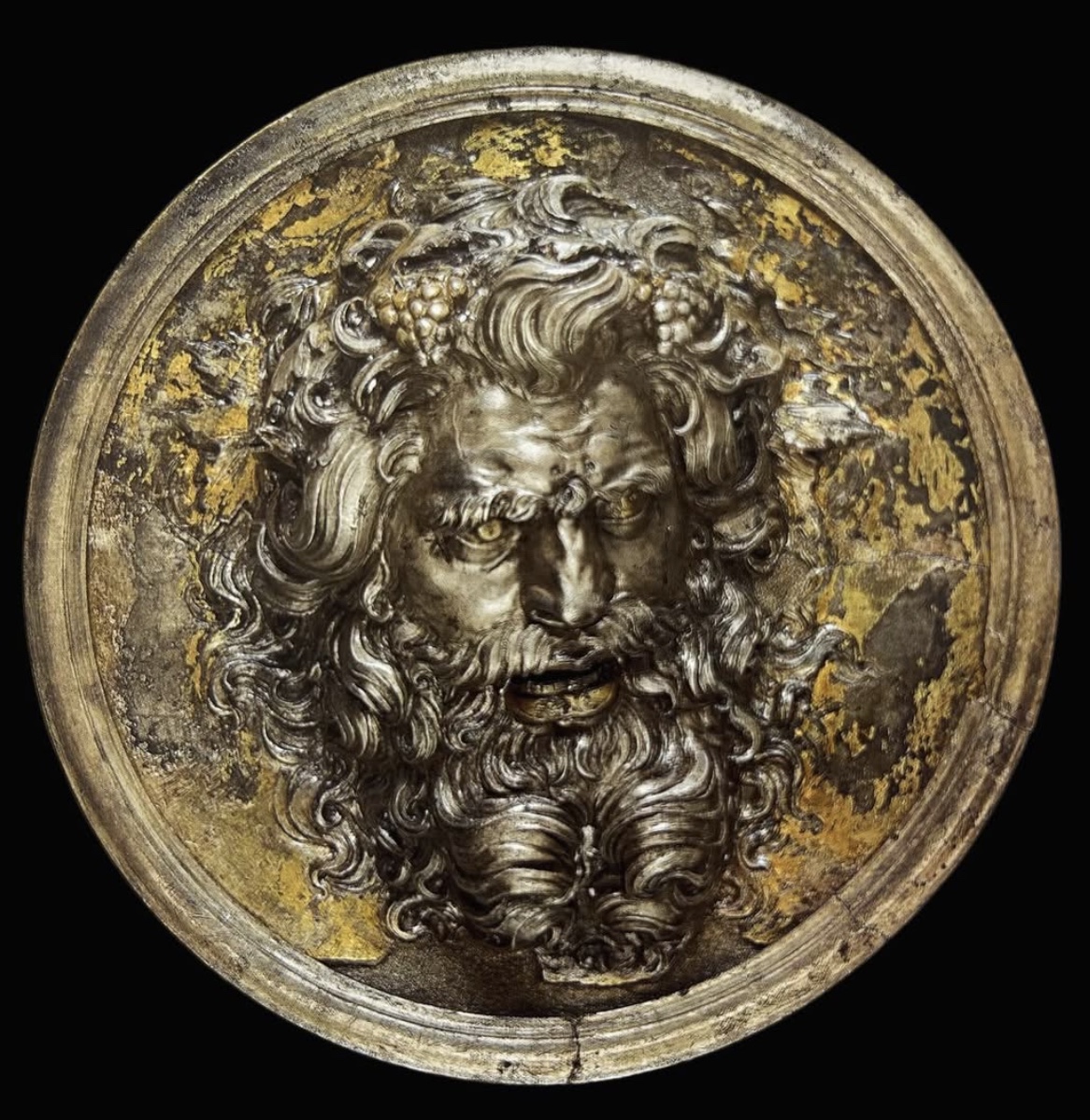nless you’re a devout Sicily enthusiast you might not know this statue from Megara Hyblaea, which was one of the earliest of the Greek colonies founded on that island (ca. 728 B.C.) and today far less visited than nearby Syracuse or its daughter colony, Selinunte, owing to ancient city’s catastrophic state of preservation (…no pretty columns to pose with) surrounded by a modern industrial wasteland.
But this sturdy Madonna is a seriously important example of early Greek art (early to mid 6th century B.C.), unusual in size and beguiling in its details and composition. A nursing mother, she is generally referred to as a ‘kourotrophos’ (a protectress of children) and was found smashed to pieces during construction works in the area of the colony’s western necropolis.

Her massive body is nurturing indeed, and within her carefully rendered, enveloping cloak are overlapping bodies of two swaddled infants, each suckling at a prodigious bosom handily exposed by cutouts in a very fancy nursing garment. Long squared toes peep out from beneath the hem of her skirt, solidly planted like everything else about her. Scholarly interpretations abound, identifying her variously as a generic mother goddess (of the sort so very popular in Magna Graecia), or perhaps a specific deceased mortal woman and acting as her grave stele. Some more mythologically inclined tempted to see her as Nyx (night) on account of that evocative cloak, cradling her twin spawn Hypnos (sleep) and Thanatos (death).
No matter who she might have represented, even headless the result is a strangely moving thing to behold…and my favorite detail (best seen in the second photo) is that right hand tenderly cupping the exposed feet of one of her babies.



